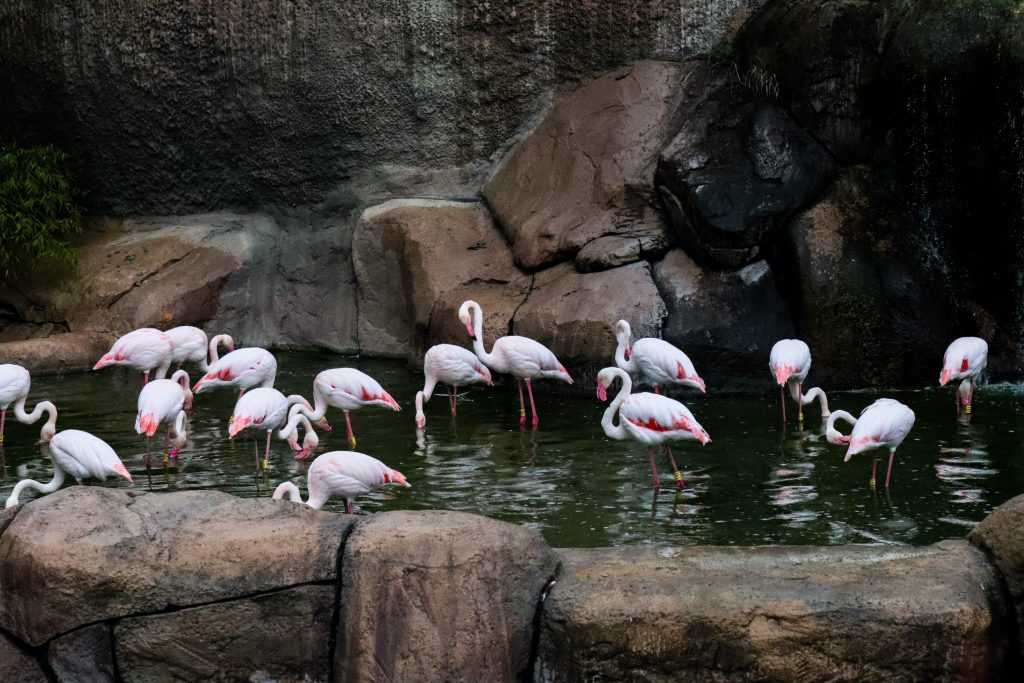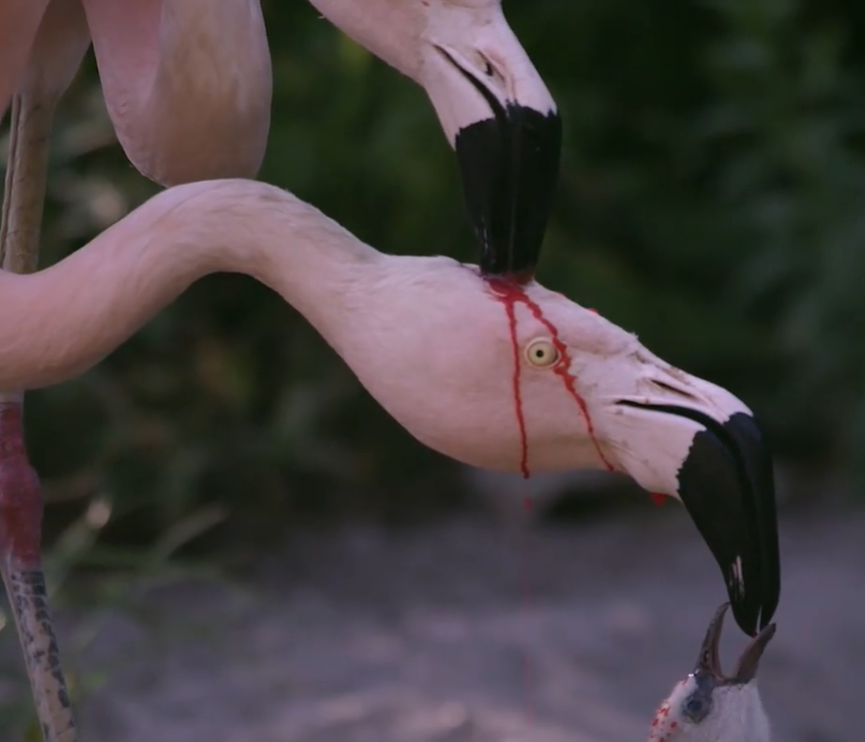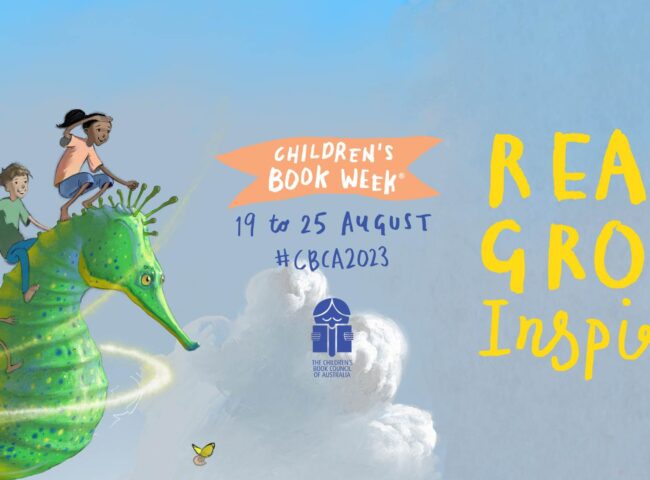Do flamingoes feed their babies blood? Today we’re taking a step away from humans to appreciate the beauty of mothers in other parts of nature. Flamingoes are fascinating creatures known for their striking pink plumage and graceful presence. But did you know that their care extends to their adorable little chicks as well? Flamingo parents have an intriguing way of feeding their babies that reflects their unique nature. Let’s take a closer look at how these charming birds nourish their offspring: do flamingoes feed their babies blood?
Nesting and Birth: Welcoming New Life
 Before we delve into how flamingo parents feed their young ones, let’s begin with where it all starts: the nesting process. Flamingoes usually build their nests near shallow waters, crafting a mound of mud and stones. Once the nest is ready, the female flamingo lays a single egg. Both parents take turns incubating the egg, ensuring it stays warm and safe. After about a month of careful waiting, the egg hatches, revealing an adorable and fluffy flamingo chick.
Before we delve into how flamingo parents feed their young ones, let’s begin with where it all starts: the nesting process. Flamingoes usually build their nests near shallow waters, crafting a mound of mud and stones. Once the nest is ready, the female flamingo lays a single egg. Both parents take turns incubating the egg, ensuring it stays warm and safe. After about a month of careful waiting, the egg hatches, revealing an adorable and fluffy flamingo chick.
Crop Milk: A Special Nourishment
The method of feeding flamingo chicks might surprise you – they are not fed the usual insects or worms. do flamingoes feed their babies blood? Flamingo parents produce a special and nutritious secretion called “crop milk.” This unique substance is regurgitated from the adult’s upper digestive tract. It’s not exactly like the milk mammals produce, but rather a mixture of fats, proteins, and other essential nutrients. This crop milk is crucial for the chick’s growth and development during the early stages of life.
Sharing Nourishment: Teamwork

Flamingo parents are a shining example of teamwork when it comes to raising their young ones. Both the mother and father take turns feeding the chick with the crop milk. This collaborative effort ensures that the chick receives a consistent and well-rounded diet. As the chick grows, it begins to explore its surroundings, but the parents continue to provide nourishment until the chick’s beak is developed enough to filter feed on its own.
Learning to Feed Themselves
As the flamingo chick matures, it undergoes a gradual transition from being fed by its parents to feeding itself. Around the age of two to three months, the chick’s beak starts to develop the distinctive shape that adult flamingoes have. This beak shape is perfectly adapted for filter-feeding, which is the primary feeding method of adult flamingoes. During this transition period, the chick begins to imitate its parents’ feeding behaviors, gradually learning how to use its beak to filter small aquatic organisms from the water.
Conclusion
In conclusion, the feeding process of flamingo babies is a captivating example of nature’s creativity and adaptability. From the moment the egg is laid, to the secretion of crop milk, and finally to the chick’s own development as a filter-feeder, every stage is a testament to the uniqueness of these beautiful birds. Flamingo parents show us the significance of parental collaboration and patience in ensuring the well-being of their young ones. So, the next time you catch a glimpse of these elegant creatures by the water’s edge, remember the remarkable journey they undertake to feed and care for their adorable chicks.








